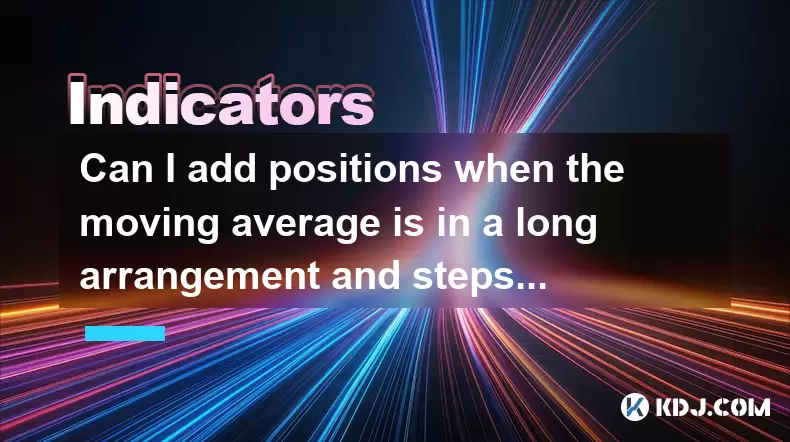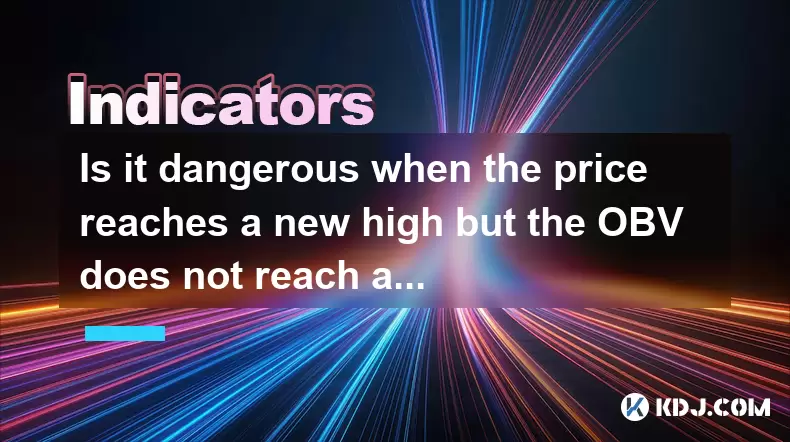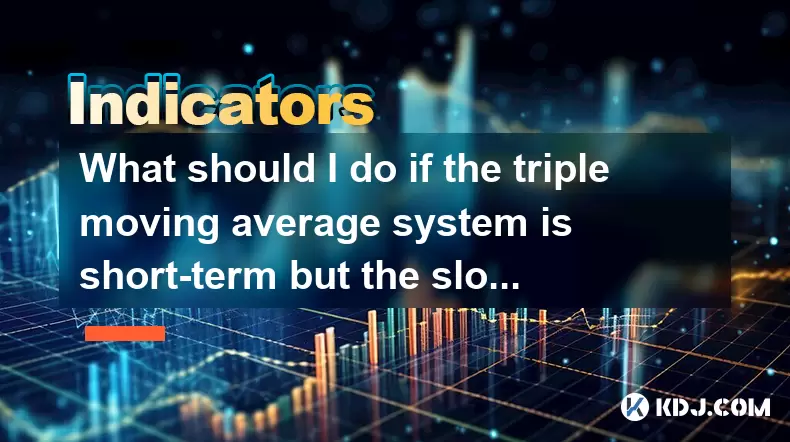-
 Bitcoin
Bitcoin $106,754.6083
1.33% -
 Ethereum
Ethereum $2,625.8249
3.80% -
 Tether USDt
Tether USDt $1.0001
-0.03% -
 XRP
XRP $2.1891
1.67% -
 BNB
BNB $654.5220
0.66% -
 Solana
Solana $156.9428
7.28% -
 USDC
USDC $0.9998
0.00% -
 Dogecoin
Dogecoin $0.1780
1.14% -
 TRON
TRON $0.2706
-0.16% -
 Cardano
Cardano $0.6470
2.77% -
 Hyperliquid
Hyperliquid $44.6467
10.24% -
 Sui
Sui $3.1128
3.86% -
 Bitcoin Cash
Bitcoin Cash $455.7646
3.00% -
 Chainlink
Chainlink $13.6858
4.08% -
 UNUS SED LEO
UNUS SED LEO $9.2682
0.21% -
 Avalanche
Avalanche $19.7433
3.79% -
 Stellar
Stellar $0.2616
1.64% -
 Toncoin
Toncoin $3.0222
2.19% -
 Shiba Inu
Shiba Inu $0.0...01220
1.49% -
 Hedera
Hedera $0.1580
2.75% -
 Litecoin
Litecoin $87.4964
2.29% -
 Polkadot
Polkadot $3.8958
3.05% -
 Ethena USDe
Ethena USDe $1.0000
-0.04% -
 Monero
Monero $317.2263
0.26% -
 Bitget Token
Bitget Token $4.5985
1.68% -
 Dai
Dai $0.9999
0.00% -
 Pepe
Pepe $0.0...01140
2.44% -
 Uniswap
Uniswap $7.6065
5.29% -
 Pi
Pi $0.6042
-2.00% -
 Aave
Aave $289.6343
6.02%
Can I add positions when the moving average is in a long arrangement and steps back on the 5-day line?
A long arrangement of moving averages signals a strong uptrend, offering low-risk entry points when price retraces to the 5-day MA with bullish confirmation.
Jun 16, 2025 at 10:21 pm

Understanding Moving Averages in Cryptocurrency Trading
In cryptocurrency trading, moving averages are among the most commonly used technical indicators. Traders rely on them to identify trends, spot potential reversals, and make informed decisions about entering or exiting positions. The 5-day moving average (MA) is especially popular due to its responsiveness to recent price movements, making it a key tool for short-term traders.
Moving averages smooth out price data over a specific period, helping traders filter out market noise. When multiple moving averages align in a particular order—such as longer-term MAs below shorter-term ones—it's referred to as a "long arrangement" or bullish alignment. This configuration often signals a strong uptrend and can be a reliable indicator for adding positions if certain conditions are met.
What Does a Long Arrangement of Moving Averages Mean?
A long arrangement occurs when shorter-term moving averages (like the 5-day MA) are positioned above longer-term ones (such as the 20-day or 50-day MA). This stacking suggests that momentum is building across different timeframes and supports the continuation of an uptrend.
The presence of a long arrangement indicates sustained buying pressure and a healthy trend structure. In such environments, pullbacks to key moving averages like the 5-day line may present opportunities to add to existing long positions with reduced risk, assuming other confirmations are present.
Why Focus on the 5-Day Line During a Pullback?
The 5-day moving average acts as a dynamic support level during uptrends. When prices step back toward this level without breaking it decisively, it often reflects temporary profit-taking rather than a reversal of trend.
- Price retests of the 5-day MA can serve as low-risk entry points.
- If volume remains low during the pullback and increases again as price bounces off the MA, it reinforces the strength of the trend.
- Traders should look for candlestick patterns, such as hammers or bullish engulfing patterns, near the 5-day line to confirm rejection of lower prices.
Steps to Confirm a Valid Setup for Adding Positions
Before deciding to add to a position during a pullback to the 5-day MA within a long arrangement, several factors must align to increase the probability of success:
- Confirm that the broader trend remains intact by checking higher timeframes like the 1-hour or 4-hour charts.
- Ensure that the price has not broken below the 5-day MA but instead is finding support at or slightly above it.
- Observe whether oscillators like RSI or MACD show signs of bullish divergence or are not signaling overbought conditions.
- Look for increased volume on the bounce from the 5-day MA to validate buyer interest.
- Use additional tools like Fibonacci retracement levels to assess how deep the pullback is relative to the prior move.
Risk Management Considerations When Adding to Positions
Adding to a winning trade can significantly boost profits, but it also increases exposure. Proper risk management becomes crucial in such scenarios.
- Set a stop loss just below the 5-day MA or the recent swing low to protect against a deeper correction.
- Adjust position sizing so that each added lot doesn't exceed a predetermined percentage of your total capital per trade.
- Use trailing stops to lock in gains as the trend continues upward after the addition.
- Monitor for bearish reversal signals that might invalidate the original thesis behind the trade.
Real-World Application: Example Scenario in Crypto Markets
Imagine Bitcoin is in a strong uptrend, with the 5-day MA above both the 20-day and 50-day MAs, forming a clear long arrangement. After a few days of steady gains, BTC pulls back slightly but finds support exactly at the 5-day MA.
- The candlestick pattern shows a morning star formation right at the 5-day line.
- Volume spikes as price rebounds from the MA, suggesting institutional or algorithmic buyers stepping in.
- RSI dips into neutral territory but does not reach oversold levels, indicating no exhaustion in the uptrend.
- A trader who already holds a long position could consider adding another portion here, using the same stop loss level as the initial trade or adjusting it upward.
Frequently Asked Questions
Q: Can I use other moving averages besides the 5-day line for similar setups?
Yes, traders often use the 10-day or 20-day MA on higher timeframes. However, the 5-day MA is more sensitive and better suited for intraday or short-term swing trading strategies in volatile crypto markets.
Q: What if the price closes below the 5-day MA temporarily?
A single close below the 5-day MA isn’t necessarily a sell signal, especially if the overall long arrangement remains intact. Wait for confirmation of a break, such as two consecutive closes below the line or a sharp decline in volume on the rebound.
Q: How many times should I add to a position during a trend?
There’s no fixed number. Some traders add once, while others layer in multiple times as long as the trend continues. Each addition should follow strict criteria and risk parameters to avoid overexposure.
Q: Is this strategy applicable to all cryptocurrencies?
While the principle applies broadly, not all altcoins exhibit the same liquidity or trend strength as major coins like Bitcoin or Ethereum. Be cautious with lesser-known tokens where volatility and manipulation risks are higher.
Disclaimer:info@kdj.com
The information provided is not trading advice. kdj.com does not assume any responsibility for any investments made based on the information provided in this article. Cryptocurrencies are highly volatile and it is highly recommended that you invest with caution after thorough research!
If you believe that the content used on this website infringes your copyright, please contact us immediately (info@kdj.com) and we will delete it promptly.
- 2025-W Uncirculated American Gold Eagle and Dr. Vera Rubin Quarter Mark New Products
- 2025-06-13 06:25:13
- Ruvi AI (RVU) Leverages Blockchain and Artificial Intelligence to Disrupt Marketing, Entertainment, and Finance
- 2025-06-13 07:05:12
- H100 Group AB Raises 101 Million SEK (Approximately $10.6 Million) to Bolster Bitcoin Reserves
- 2025-06-13 06:25:13
- Galaxy Digital CEO Mike Novogratz Says Bitcoin Will Replace Gold and Go to $1,000,000
- 2025-06-13 06:45:13
- Trust Wallet Token (TWT) Price Drops 5.7% as RWA Integration Plans Ignite Excitement
- 2025-06-13 06:45:13
- Ethereum (ETH) Is in the Second Phase of a Three-Stage Market Cycle
- 2025-06-13 07:25:13
Related knowledge

How to interpret the low opening the next day after the long lower shadow hits the bottom?
Jun 18,2025 at 12:22am
Understanding the Long Lower Shadow Candlestick PatternIn technical analysis, a long lower shadow candlestick is often seen as a potential reversal signal in a downtrend. This pattern occurs when the price opens, trades significantly lower during the session, but then recovers to close near the opening price or slightly above. The long wick at the botto...

How to operate the RSI indicator repeatedly in the 40-60 range?
Jun 18,2025 at 12:56am
Understanding the RSI Indicator and Its RelevanceThe Relative Strength Index (RSI) is a momentum oscillator widely used in cryptocurrency trading to measure the speed and change of price movements. Typically, the RSI ranges from 0 to 100, with levels above 70 considered overbought and below 30 considered oversold. However, when the RSI repeatedly stays ...

Why is the volume ratio suddenly enlarged three times but the price fluctuation is small?
Jun 18,2025 at 04:42am
Understanding the Relationship Between Trading Volume and Price MovementIn the world of cryptocurrency trading, volume is a crucial metric that reflects the number of assets traded within a specific time frame. It often serves as an indicator of market interest and liquidity. However, there are instances where trading volume surges dramatically—sometime...

How strong is the MACD golden cross below the zero axis?
Jun 17,2025 at 11:00pm
Understanding the MACD Indicator in Cryptocurrency TradingThe Moving Average Convergence Divergence (MACD) is one of the most widely used technical indicators among cryptocurrency traders. It helps identify potential trend reversals, momentum shifts, and entry or exit points. The MACD consists of three main components: the MACD line, the signal line, an...

Is it dangerous when the price reaches a new high but the OBV does not reach a new high?
Jun 18,2025 at 06:14am
Understanding On-Balance Volume (OBV) in Cryptocurrency TradingIn the world of cryptocurrency trading, technical indicators play a crucial role in analyzing market behavior and predicting future price movements. One such widely used indicator is the On-Balance Volume (OBV), which helps traders assess the strength of buying or selling pressure behind pri...

What should I do if the triple moving average system is short-term but the slope slows down?
Jun 18,2025 at 04:35am
Understanding the Triple Moving Average SystemThe triple moving average system is a popular technical analysis tool used in cryptocurrency trading. It involves using three different moving averages—typically the short-term (e.g., 10-period), medium-term (e.g., 20-period), and long-term (e.g., 50-period) moving averages. When the short-term average cross...

How to interpret the low opening the next day after the long lower shadow hits the bottom?
Jun 18,2025 at 12:22am
Understanding the Long Lower Shadow Candlestick PatternIn technical analysis, a long lower shadow candlestick is often seen as a potential reversal signal in a downtrend. This pattern occurs when the price opens, trades significantly lower during the session, but then recovers to close near the opening price or slightly above. The long wick at the botto...

How to operate the RSI indicator repeatedly in the 40-60 range?
Jun 18,2025 at 12:56am
Understanding the RSI Indicator and Its RelevanceThe Relative Strength Index (RSI) is a momentum oscillator widely used in cryptocurrency trading to measure the speed and change of price movements. Typically, the RSI ranges from 0 to 100, with levels above 70 considered overbought and below 30 considered oversold. However, when the RSI repeatedly stays ...

Why is the volume ratio suddenly enlarged three times but the price fluctuation is small?
Jun 18,2025 at 04:42am
Understanding the Relationship Between Trading Volume and Price MovementIn the world of cryptocurrency trading, volume is a crucial metric that reflects the number of assets traded within a specific time frame. It often serves as an indicator of market interest and liquidity. However, there are instances where trading volume surges dramatically—sometime...

How strong is the MACD golden cross below the zero axis?
Jun 17,2025 at 11:00pm
Understanding the MACD Indicator in Cryptocurrency TradingThe Moving Average Convergence Divergence (MACD) is one of the most widely used technical indicators among cryptocurrency traders. It helps identify potential trend reversals, momentum shifts, and entry or exit points. The MACD consists of three main components: the MACD line, the signal line, an...

Is it dangerous when the price reaches a new high but the OBV does not reach a new high?
Jun 18,2025 at 06:14am
Understanding On-Balance Volume (OBV) in Cryptocurrency TradingIn the world of cryptocurrency trading, technical indicators play a crucial role in analyzing market behavior and predicting future price movements. One such widely used indicator is the On-Balance Volume (OBV), which helps traders assess the strength of buying or selling pressure behind pri...

What should I do if the triple moving average system is short-term but the slope slows down?
Jun 18,2025 at 04:35am
Understanding the Triple Moving Average SystemThe triple moving average system is a popular technical analysis tool used in cryptocurrency trading. It involves using three different moving averages—typically the short-term (e.g., 10-period), medium-term (e.g., 20-period), and long-term (e.g., 50-period) moving averages. When the short-term average cross...
See all articles

























































































